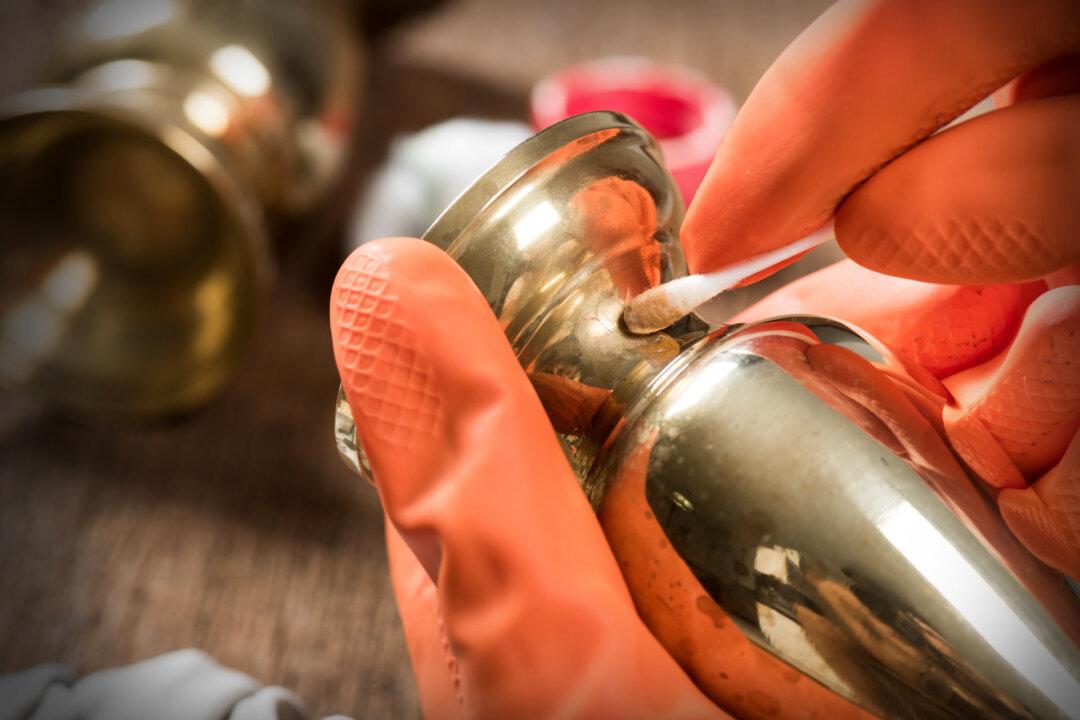It is best to leave this job to a professional unless you are a very experienced do-it-yourselfer and have the proper power tools, but here are some tips. Inlaid wood materials themselves are expensive. You do not want to take a chance of routing a floor improperly and then having the inlays not fit.
In order to control cost, consider just adding a narrow, but ornate, border or a premade medallion. An inlaid border, installed by a professional, typically costs from $20 to $30 per foot. Depending on the type of wood and the complexity of the pattern, it can go even higher.
Instead of totally replacing all your old hardwood floors, you may be able to refinish some of them. If so, you can have an inlaid border installed into the old hardwood floor. When completed, the entire floor is finished with urethane.
These inlaid border pieces are only about one-quarter inch thick. The existing floor is routed out in the border area. Since some of these decorative woods are in short supply, using thin pieces reduces the amount of exotic wood used.
If you have much more time than money, you can try to stain small sections of the existing hardwood floor to create an inlaid appearance. First, sand and prepare the entire floor for refinishing.
Only partially seal the wood surface so that it will still take some stain. Carefully apply a darker stain to create the pattern that you desire. It should not bleed much since it is partially sealed.
To install inlays in an existing hardwood floor yourself, you will need a good-quality router. Templates are also usually used to precisely route the old flooring for the shallow inlays. Always glue the inlays into place in the hardwood floor. Never nail them.
When totally replacing an old hardwood floor with a new one, you can buy lower-cost border patterns that are designed to fit perfectly and easily with standard tongue-and-groove flooring. These are typically 3/4-inch-thick pieces to match the regular flooring thickness.
When more exotic woods are being used, even for new floors, a thinner veneer piece is bonded to a thicker back support piece. This conserves the exotic wood. Some attractive woods are Brazilian cherry, ebony, wenge, bubinga, jatoba, purple heart, and mahogany.
For floors that will not be covered with any rugs or for entrances, consider installing a decorative medallion. There are many attractive and ornate designs to choose from. Some hardwood flooring companies will also make a medallion to match a photo or personal design.
Several hardwood flooring manufacturers have patterns for you to choose from: Historic Floors of Oshkosh, OshkoshDesigns.com; Kentucky Wood Floors, KentuckyHardwoodFlooring.com; Premier Inlays, StairRods.us/inlay; and Rare Earth Hardwoods, Rare-Earth-Hardwoods.com.
Study their catalogs of designs before making your choice. You will be amazed at the variety and attention to detail. Some of the scenes actually look real. This is all accomplished with woods of various natural colors.
Care for your new inlaid floor like any other hardwood floor. Vacuum the floor and mop it with a mild solution of water and white vinegar. Do not use cleaning products that leave a film, like oil-based soap products.






